Train travel has always been a major component in nation building. The Manila-Dagupan line of the Manila Railway Company Limited, precursor of the Philippine National Railways opened its first line in 1892. This quickly led to the efficient delivery and transport not only of goods and people but also information to the north via an efficient, reliable and fast (8 hours at that time) mode of transport the Philippines during the last decade of the 19th century has yet seen.
Along the rail route, numerous stations were built to house and accommodate passengers and Station Masters. These structures, most made of brick and wood, who shelter the official needs and functions of the assigned Station Master as well as commuters who would wait for their rides as well as onlookers who as part of their daily routine would flock to see the trains pass by. The station thus became a hub of the community, springing to life a multitude of activities from selling food to travelers as well as meeting place for travelers.
With the proposed revitalization and modernization of the North Line, a plan has been put forward to demolish the old stations and replaced with new ones. This wanton destruction will remove from history the vestiges of these stations leaving the people no trace of the rich architectural past the railways had on Philippine History. It is the purpose of this study to document and study the Spanish built stations along the North Line. To secure, document and if might be preserving the rich architecture these stations had for future generations of travelers to come.
Growth needs progress, and progress sometimes leads to the removal of the old in place of the new. The government in its desire to revitalize the North Line of the Philippine National Railroad has now seriously undertaken the task of rebuilding the destroyed North Line. Part of the modernization program of the government is the revitalization, and upgrading of the rail link between Manila-Clark, which forms part of the First Phase, and eventually the whole line to Dagupan City. In line with this redevelopment is the replacement of all the old terminals with new ones.
With the impending revitalization and thus modernization of the Manila-Dagupan Line, the need to chart and document the remaining Spanish Built Train Stations along the line is integral. The management of the Philippine National Railroad as yet has not signified their intentions of retaining these structures prompting some local government particularly those of San Fernando in Pampanga to declare these stations as historic. But unfortunately not all-local officials are enlightened. With time fast ticking by and with the proposed revitalization not only a dream but also now a reality. The demolition of these stations is fast becoming a reality as well.
Bulacan
 Meycauayan Station
Meycauayan Station Bocaue Station
Bocaue Station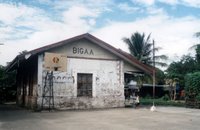 Bigaa Station
Bigaa Station Malolos Station
Malolos Station Calumpit Station
Calumpit StationPampanga
 Apalit Station
Apalit Station Sto. Tomas Station
Sto. Tomas Station San Fernando Station
San Fernando Station(NHI-declared historical site)
 Angeles Station
Angeles Station Mabalacat Station
Mabalacat StationTarlac
 Bamban Station
Bamban Station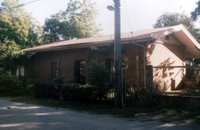 Capas Station
Capas Station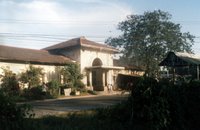 Tarlac Station
Tarlac Station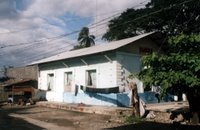 Paniqui Station
Paniqui Station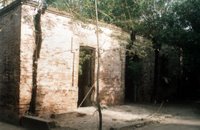 Gerona Station
Gerona Station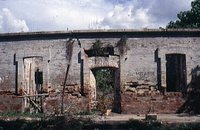 Moncada Station
Moncada StationPangasinan
 Bayambang Station
Bayambang Station(demolished)
 San Carlos Station
San Carlos Station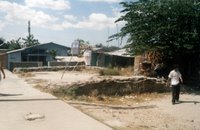 Malasiqui Station
Malasiqui Station Calasiao Station
Calasiao Station Dagupan Station
Dagupan Station

1 comment:
This article is really interesting!! :D
Post a Comment